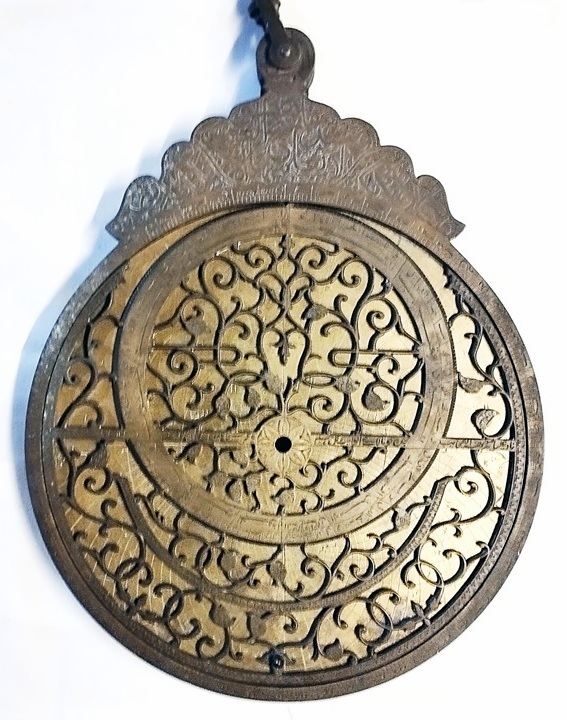The Astrolabe by Bulhomal and Pīr Bakhsh of 1841 CE: A Unique Testimonial to an Intercultural Collaboration
DOI:
https://doi.org/10.18732/hssa93Keywords:
Pīr Bakhsh Lahorī, Ghulām Qādir Kapūrthalī, astrolabe, sine quadrant, mater, rete, kursī, geographical gazetteer, Alidade, Lahore, Karpurthala, Lālah Bulhomal LāhorīAbstract
From the middle of the sixteenth century up to the end of the seventeenth, Lahore was the leading centre where Allāhdād and his descendants produced a large number of exquisitely crafted astrolabes, with legends and numerals in Arabic. In the same period, Sanskrit astrolabes with legends in Sanskrit and numerals in Devanagari were made sporadically in Rajasthan-Gujarat region. Then in the eighteenth century, the production of both types of astrolabes ended abruptly for various reasons. Towards the middle of the nineteenth century, however, both these traditions came together in the work of Bulhomal, who created some 27 instruments of diverse kinds.
Entirely different from these is a large astrolabe in the creation of which people of different faiths collaborated. The astrolabe was commissioned by Mawlwī Ghulām Muḥammad, a Sunni Muslim, who held an important position at the court of the Sikh rulers of the princely state of Kapurthala, for the sake of Mubārak cAlī Khān who appears to be a member of an influential Shia Muslim family; it was designed by Bulhomal, a Hindu, and was fabricated by Pīr Bakhsh, a Muslim. Thus this astrolabe is a laudable example of intercultural collaboration.
The present paper offers a full technical description against the background of Bulhomal’s other work.
Downloads

Downloads
Published
How to Cite
License
Copyright (c) 2023 Mubashir Abbasi, Sarma Sreeramula Rajeshwar

This work is licensed under a Creative Commons Attribution-ShareAlike 4.0 International License.
Authors who publish with this journal agree to the following terms:Authors retain copyright and grant the journal right of first publication with the work simultaneously licensed under a Creative Commons Attribution-ShareAlike license that allows others to share the work with an acknowledgement of the work's authorship and initial publication in this journal.
Authors are able to enter into separate, additional contractual arrangements for the non-exclusive distribution of the journal's published version of the work (e.g., post it to an institutional repository or publish it in a book), with an acknowledgement of its initial publication in this journal.
Authors are permitted and encouraged to post their work online (e.g., in institutional repositories or on their website) prior to and during the submission process, as it can lead to productive exchanges, as well as earlier and greater citation of published work (See The Effect of Open Access).



